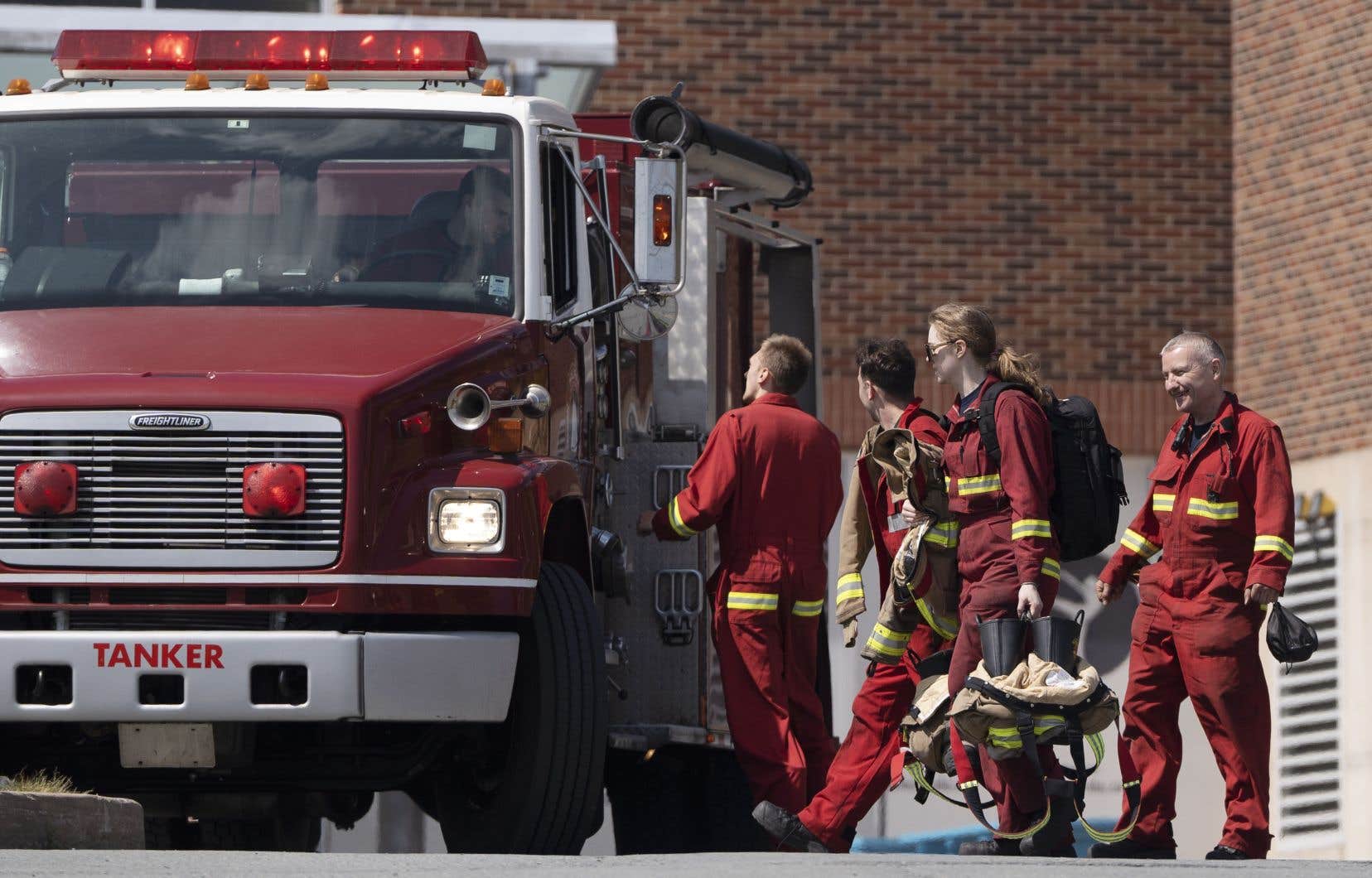Nova Scotia fire officials say still-out-of-control wildfires in suburban Halifax remained stable overnight, but warn a return of dry and windy conditions on Tuesday could lead to a new combustion in the sectors already evacuated.
“We expect a change in weather conditions,” said David Steeves, forest resources technician with the Nova Scotia Department of Natural Resources. “It will be more and more dangerous for the firefighters on the ground. »
Halifax Deputy Fire Chief David Meldrum said firefighters spent the night putting out hot spots in neighborhoods where 200 homes and buildings had been damaged since the blaze began on Sunday. It is unclear exactly how many houses were destroyed, as investigations are still ongoing.
Since that time, around 16,000 people have been ordered out of their homes, most of whom are about a 30-minute drive northwest of downtown Halifax. The area subject to a mandatory evacuation order covers about 100 square kilometres.
With Tuesday’s weather forecast calling for 30 kph southwesterly winds, authorities fear the eight-square-kilometre blaze could turn back and ignite what hadn’t already burned, it said. Mr Steves.
Trees and other flammable materials in affected areas have been dried out by the extreme heat, meaning they will ignite very easily if the blaze returns, he said.
“The fuels that weren’t consumed the first time the fire spread are now ready to burn,” he said. The possibility of a new combustion […] could create a very dangerous environment. »
In the medium term, we expect warmer weather on Wednesday and no precipitation at least until Friday.
According to Deputy Chief Meldrum, his department was battling the blaze with six fire trucks, 10 tankers and 60 firefighters, aided by crews aboard three helicopters.
Outside the Halifax area, seven other wildfires were still burning Tuesday morning, including the 62-square-kilometre blaze at Barrington Lake in Shelburne County.
